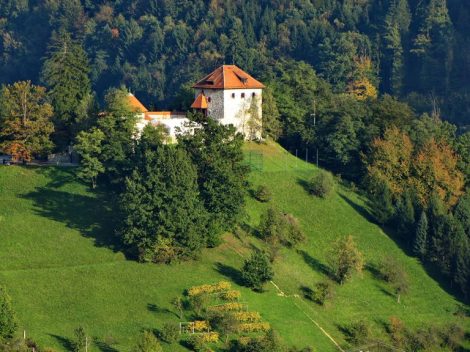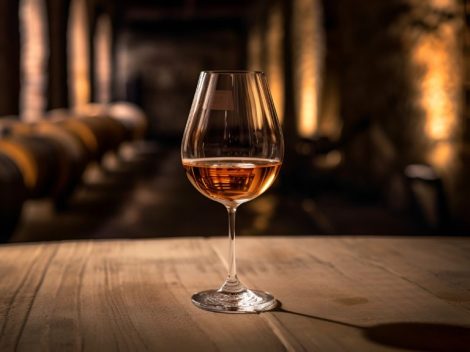Wine production in Valle d'Aosta is limited, which fortunately keeps bottle prices high enough to ensure that the entire supply chain can make a living from its work and also invest in improving quality, from the vineyard to the sale of the bottled product. With tourism booming in the valley, the local wine supply can no longer meet the internal demand.
Fortunately, in recent years, thanks to healthy competition and the entry of many young winemakers, quality has increased to the point where we can confidently say that wine from Valle d'Aosta is very good. The first wave of quality, driven in the 1990s by Costantino Charrère—who contributed greatly to the region's wine scene—focused primarily on the use of international grape varieties, particularly Chardonnay, to allow comparisons with the best foreign production. At that time, many small local wineries emerged, and Chardonnay spread widely across the region.
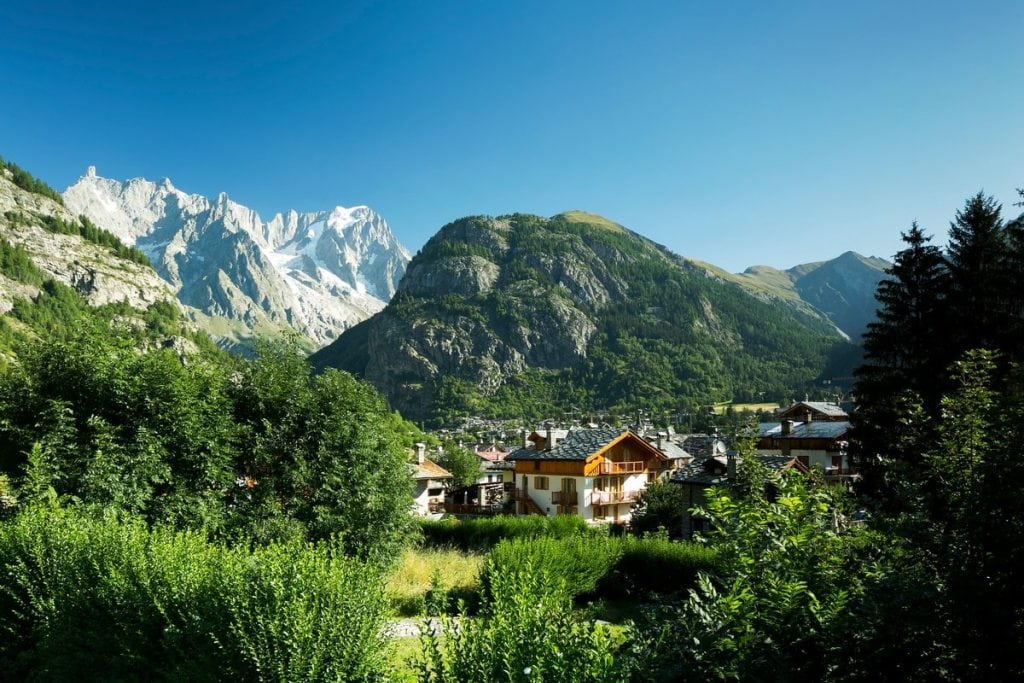
Valle d'Aosta: from international varieties to indigenous grapes
In recent years, this variety has thankfully lost some of its appeal—if not in terms of planted hectares, at least in the minds of producers. The focus has shifted dramatically towards indigenous grape varieties. The first grape to bring attention to wine from Valle d'Aosta was Fumin, a recently rediscovered variety. It’s perhaps the only red indigenous grape with a truly international appeal, producing powerful and deeply coloured wines, which are the polar opposite of the typical characteristics of the region’s red wines.
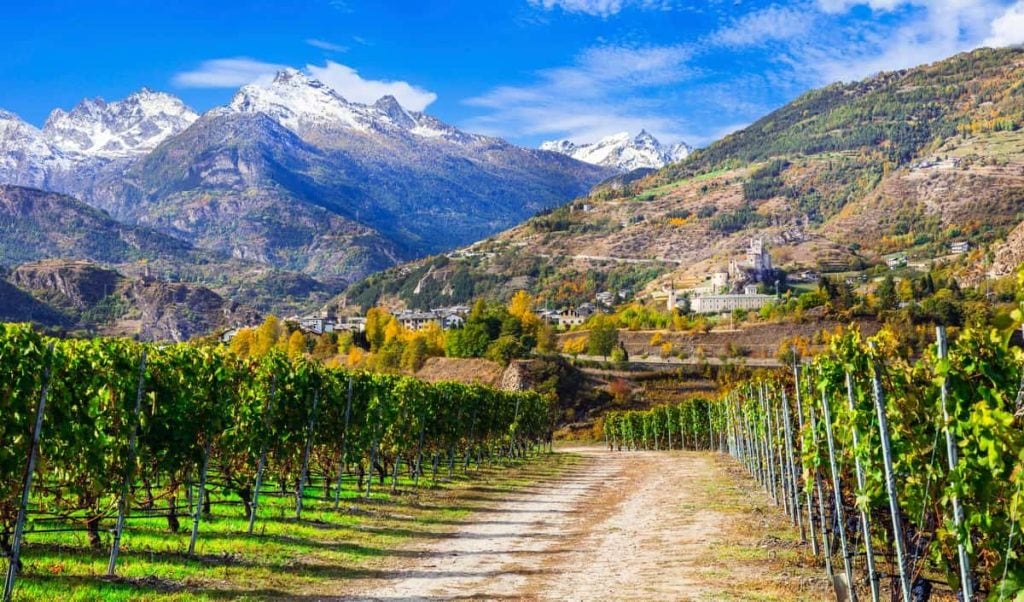
Tre Bicchieri 2025 from Valle d'Aosta: lighter, more drinkable wines
The next big step forward in the region’s winemaking was abandoning the idea of competing with the rest of the country and abroad in producing powerful, concentrated wines. Instead, producers began to highlight the character imparted by the local climate and terroirs, offering lighter, more drinkable wines. Since then, interest in Petit Rouge and Nebbiolo has grown, while Petite Arvine is gradually replacing Chardonnay. Pinot Noir, with its fruity, fresh, and edgy profile, is undeniably easy to drink and honestly expresses the character of Valle d'Aosta. With a bit more courage and knowledge, Syrah could follow the same path, as its potential in the valley is undeniable—especially if producers focus on making more delicate, lighter wines that offer aromas of pepper and violet, rather than ripe plum.

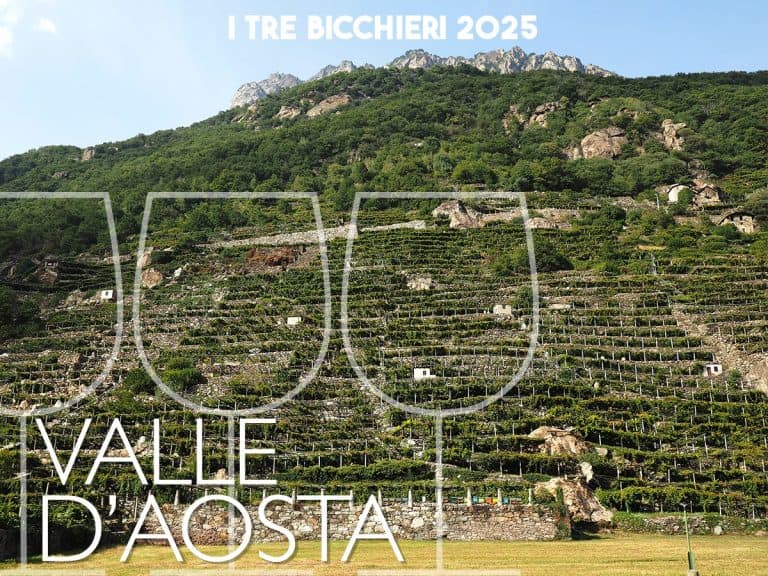
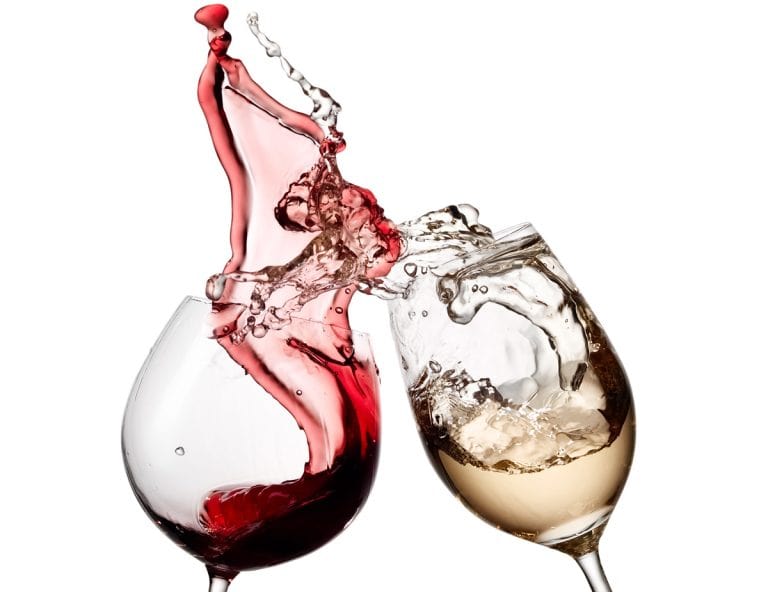 The Game (and the misunderstanding) of dealcoholised wines: even an expert critic can be fooled at first sip
The Game (and the misunderstanding) of dealcoholised wines: even an expert critic can be fooled at first sip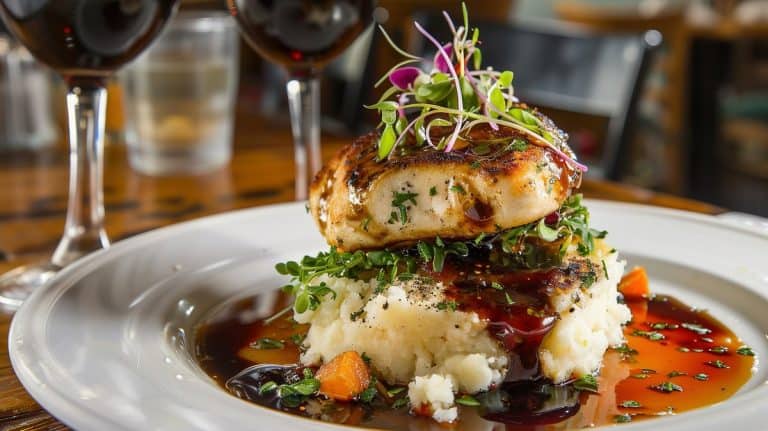 With fish, you can (also) drink red!
With fish, you can (also) drink red! The story of the pharmacist who dispenses prescriptions by day and crafts gourmet burgers by night
The story of the pharmacist who dispenses prescriptions by day and crafts gourmet burgers by night It's time for light Prosecco: the lower-alcohol version is the latest innovation in record-breaking bubbles
It's time for light Prosecco: the lower-alcohol version is the latest innovation in record-breaking bubbles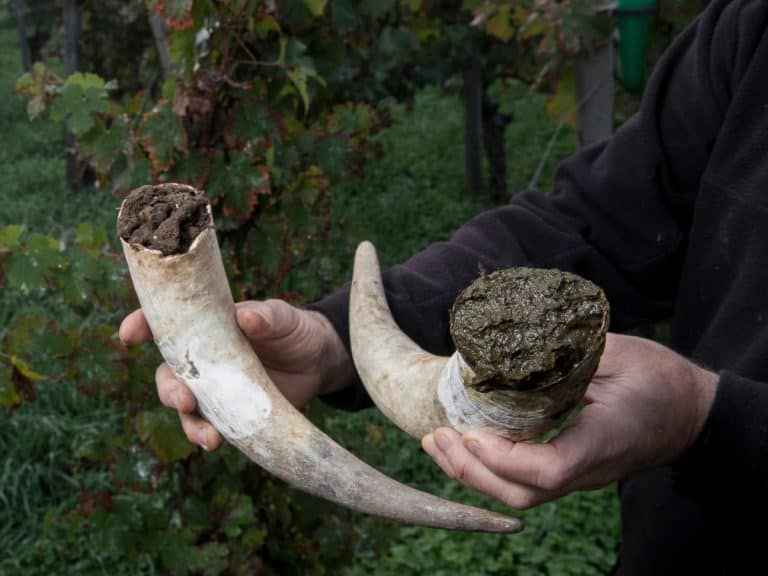 "Biodynamic preparations ave no effect on viticulture": The shocking conclusions of a Swiss study
"Biodynamic preparations ave no effect on viticulture": The shocking conclusions of a Swiss study


